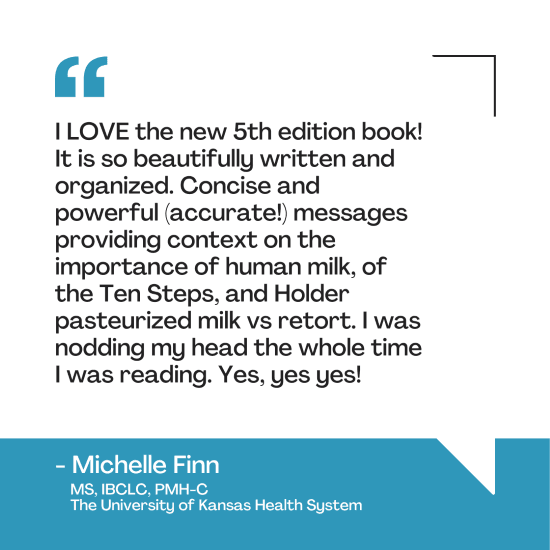HMBANA Standards for Donor Human Milk Banking is available to the public at no charge below.
Best Practice for Expressing, Storing, and Handling Human Milk in Hospitals, Homes, and Childcare Settings is now available to order. Click the link below to purchase.
We recently identified an error on page 46 of Best Practice for Expressing, Storing, and Handling Human Milk. We apologize for any inconvenience this may have caused. For those who have already purchased the book, you can find the errata sheet here.
HMBANA offers publications that contribute to milk banking operations. These are used by member milk banks, client hospitals, public health institutions, and milk banking institutions globally.


